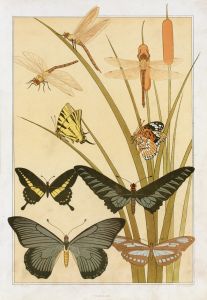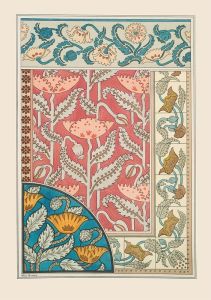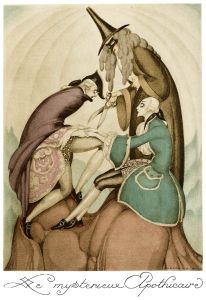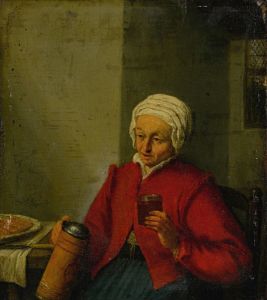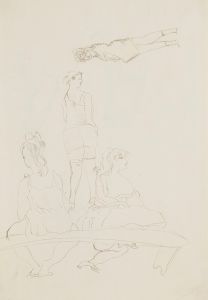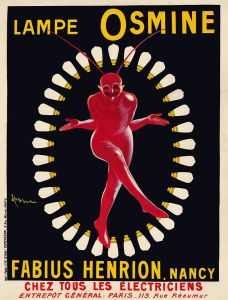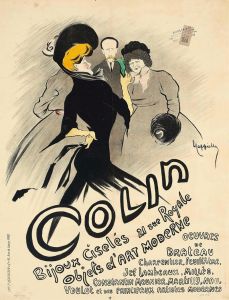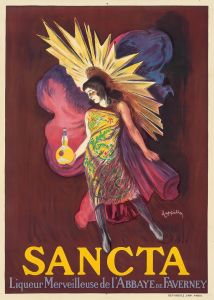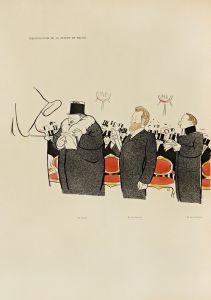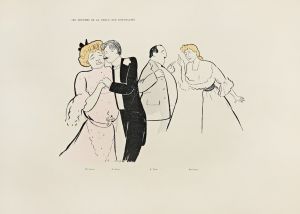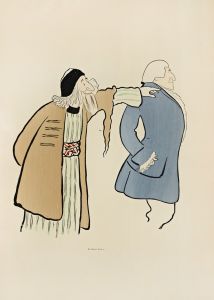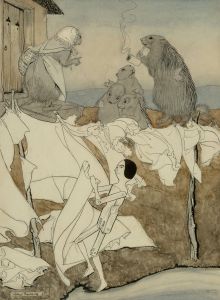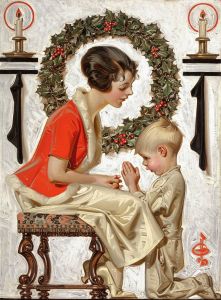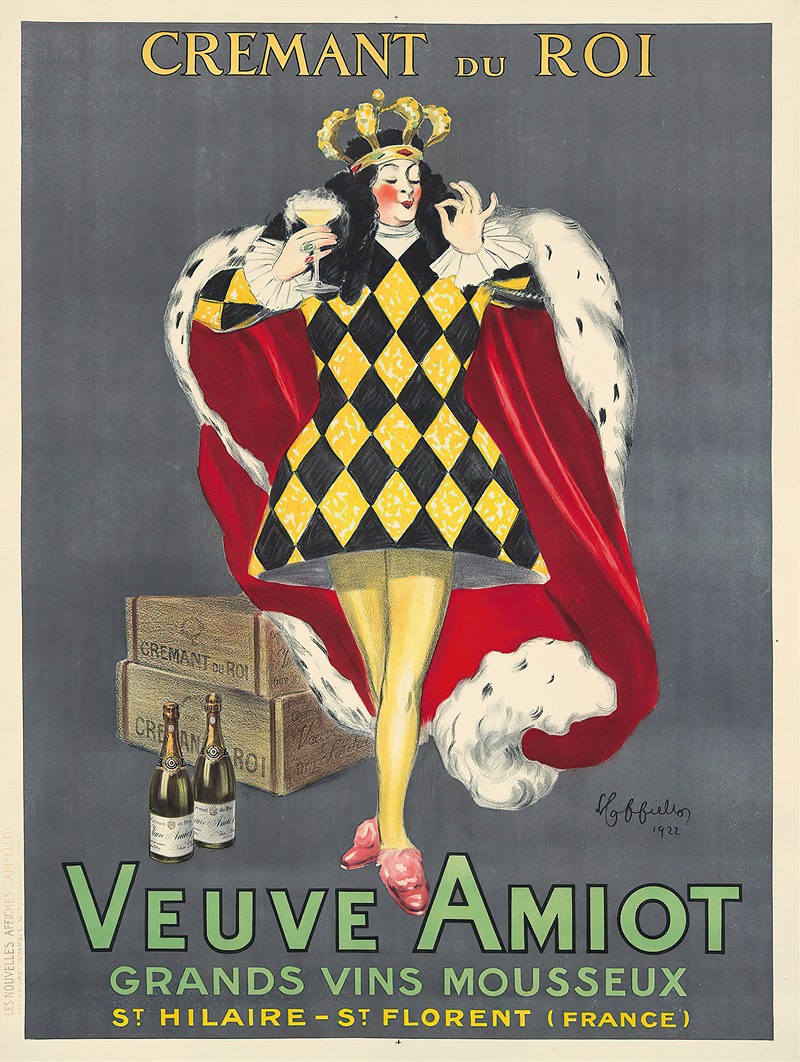
Veuve Amiot
A hand-painted replica of Leonetto Cappiello’s masterpiece Veuve Amiot, meticulously crafted by professional artists to capture the true essence of the original. Each piece is created with museum-quality canvas and rare mineral pigments, carefully painted by experienced artists with delicate brushstrokes and rich, layered colors to perfectly recreate the texture of the original artwork. Unlike machine-printed reproductions, this hand-painted version brings the painting to life, infused with the artist’s emotions and skill in every stroke. Whether for personal collection or home decoration, it instantly elevates the artistic atmosphere of any space.
Leonetto Cappiello (1875–1942) was an Italian and French poster artist who is often referred to as the father of modern advertising because of his innovative approach to poster design. Cappiello's work is characterized by bold figures and vibrant colors, which were a departure from the more intricate and detailed styles of his predecessors. His posters were designed to capture the viewer's attention quickly and effectively, making them highly successful in the world of advertising.
One of Cappiello's notable works is the poster for Veuve Amiot, a brand of sparkling wine. This poster exemplifies Cappiello's unique style and his ability to convey the essence of a product through striking visual imagery. The Veuve Amiot poster features a dynamic composition with a central figure that draws the eye immediately. Cappiello's use of color and form in this piece is typical of his work, utilizing contrast and simplicity to create a memorable image.
The Veuve Amiot poster was created during a time when the advertising industry was undergoing significant changes. The early 20th century saw a shift towards more graphic and less text-heavy advertising, a movement that Cappiello was at the forefront of. His posters often featured a single, bold image that encapsulated the brand or product, making it easily recognizable and memorable to the public. This approach was particularly effective in the bustling urban environments where these posters were displayed, as they needed to stand out amidst a sea of competing advertisements.
Cappiello's work for Veuve Amiot is a testament to his skill in combining art with commercial appeal. The poster not only served its purpose as an advertisement but also stood out as a piece of art in its own right. This dual function is a hallmark of Cappiello's work and contributed to his lasting influence on the field of advertising.
Veuve Amiot, the brand featured in the poster, is known for its sparkling wines. Founded in the late 19th century, the company has a rich history in the wine industry. The collaboration with Cappiello for their advertising campaign was a strategic move to enhance the brand's visibility and appeal. By associating their product with Cappiello's distinctive artistic style, Veuve Amiot was able to capture the attention of a broader audience.
Cappiello's posters, including the one for Veuve Amiot, are now considered iconic examples of early 20th-century advertising art. They are studied for their innovative use of color, composition, and branding. His work has been preserved in various collections and continues to be celebrated for its artistic and historical significance.
In summary, Leonetto Cappiello's Veuve Amiot poster is a prime example of his pioneering approach to advertising art. Through bold imagery and effective design, Cappiello was able to create a lasting impact on both the art world and the commercial sector. His work remains influential, demonstrating the power of visual communication in advertising.





